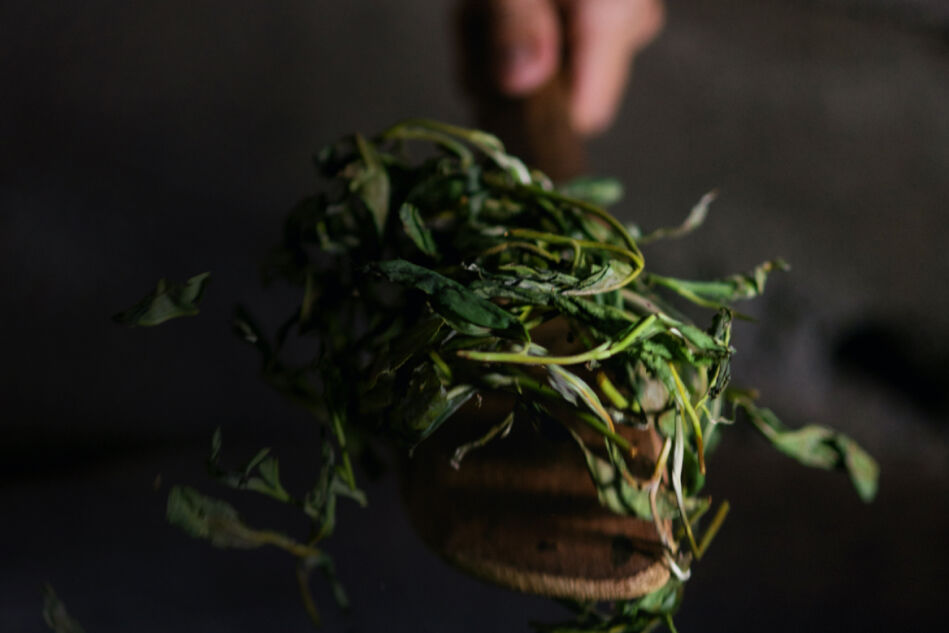Tea with milk - a drink that has become a classic
Milk fans and tea purists.
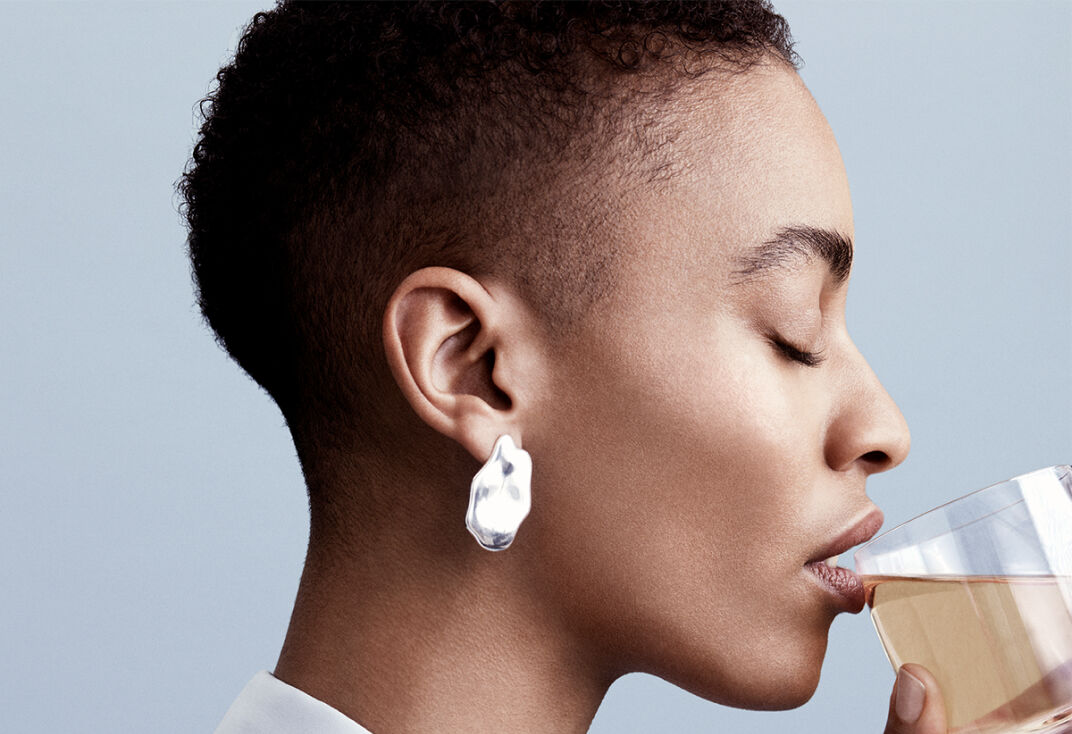
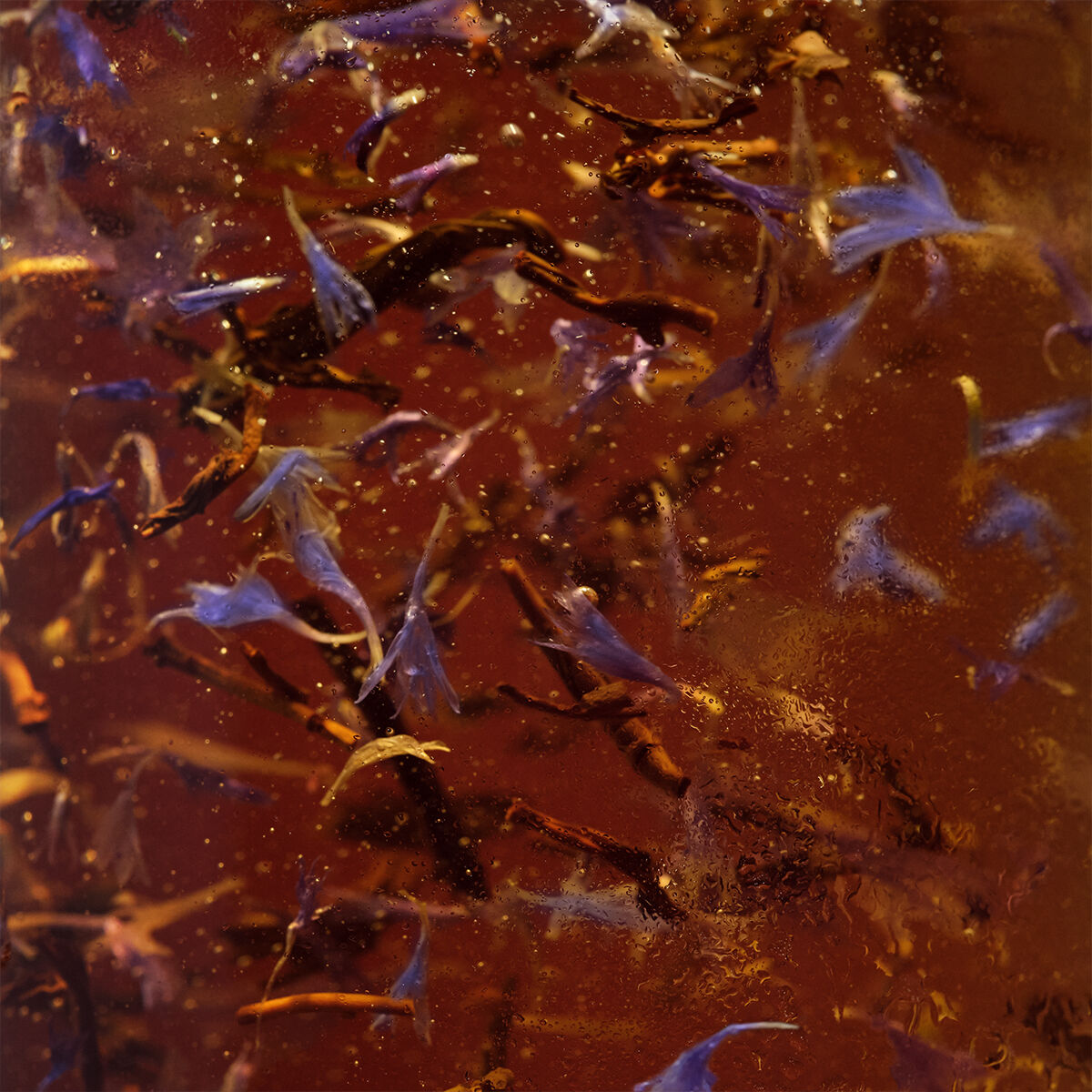
Many like their tea ‘straight’. Others prefer to add a certain additional touch of flavour, and these people now have a wealth of options to choose from. There are many ingredients with which the taste of this hot drink can be enhanced, such as sugar, honey, cream and milk. Today we’ll be looking at why tea is combined with milk, what effects this has on flavour and which tea varieties are best for drinking with milk. You’ll also find information on vegan alternatives to dairy milk and an attempt to resolve that most contentious of issues - tea first or milk first?
Why is tea drunk with milk? – a look back at history
Let’s start by considering the question; “how did milk get into tea in the first place?” It would seem that this gastronomic fusion was originally popularised - perhaps unsurprisingly - by the British. The inhabitants of the region of East Frisia in North Germany subsequently took up the idea and developed their own traditional tea ceremony. We’ll briefly outline some of the theories as to why this combination came about:
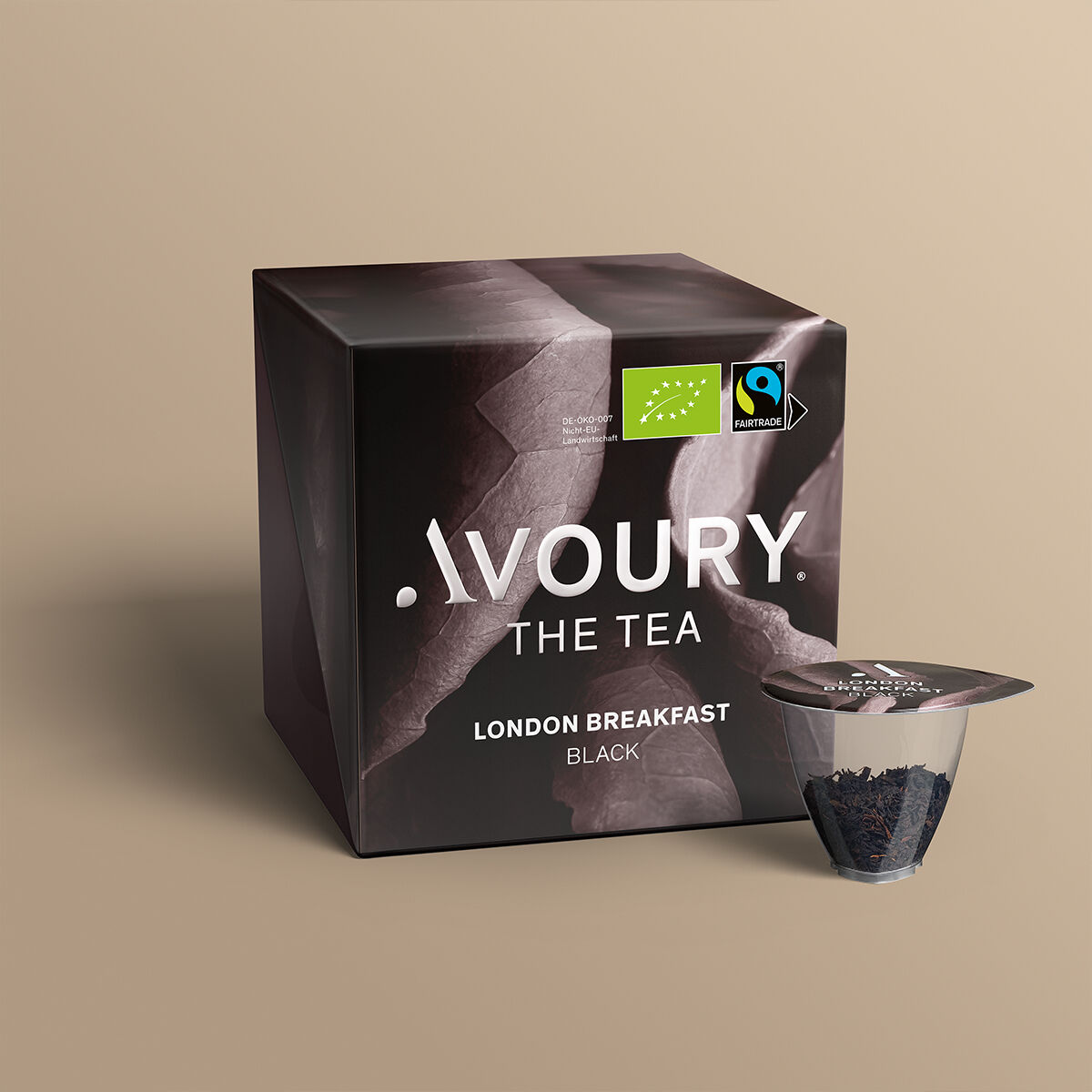
To protect porcelain
In the 17th century, fine porcelain items were also particularly fragile. The concern was therefore that porcelain cups might rupture if very hot tea was poured directly into them. Hence, the prior addition of the cooler milk was designed to prevent the expensive porcelain items suffering damage.
To prevent staining
Black teas have always been popular with the British. Our LONDON BREAKFAST is a perfect example of this kind of tea. Less popular, however, is the ring of discolouration that black teas and green teas leave behind in teacups. So the idea was that the formation of the sediments might be prevented by adding milk to tea.
A cheap way of having more to drink
Back in the day, the common people of Britain were near unable to afford the costly tea leaves - tea was a preserve of the wealthy. So, there is a theory that the more inexpensive cow’s milk was added to ensure you had a full cup even if you only had a few leaves to start with. To put it another way, the more money you had, the more tea leaves you could use to prepare your tea and vice versa.
However, it is impossible to say which of the above theories - if any of them - is the correct explanation of why tea with milk is still today so widely drunk in the UK and many other countries. Yet the simple fact is that milk has a significant effect on the flavour of tea. And it is this effect that is specifically appreciated by many tea drinkers.
What is tea with milk like?
There is a simple answer to this question: tea with milk usually has a much milder flavour than when drunk on its own. Typical examples of powerfully flavoured black teas that are customarily combined with milk are Ceylon and Assam.
The added milk provides for a much more mellow taste experience when drinking black tea; the hit of the flavour and its characteristics are toned down. The creaminess of the drink varies depending on the fat content of the dairy product used.
The amount the taste alters differs depending on the tea variety itself. Teas with intensive flavours, in particular, taste milder when combined with cow’s milk or similar products. The effect on the taste of a delicate white tea, such as our LEGEND OF PAI MU TAN, is far less pronounced. Factors such as the fat content of the milk product used also play a major role. And, of course, it is ultimately a matter of personal preference whether to add milk or not.
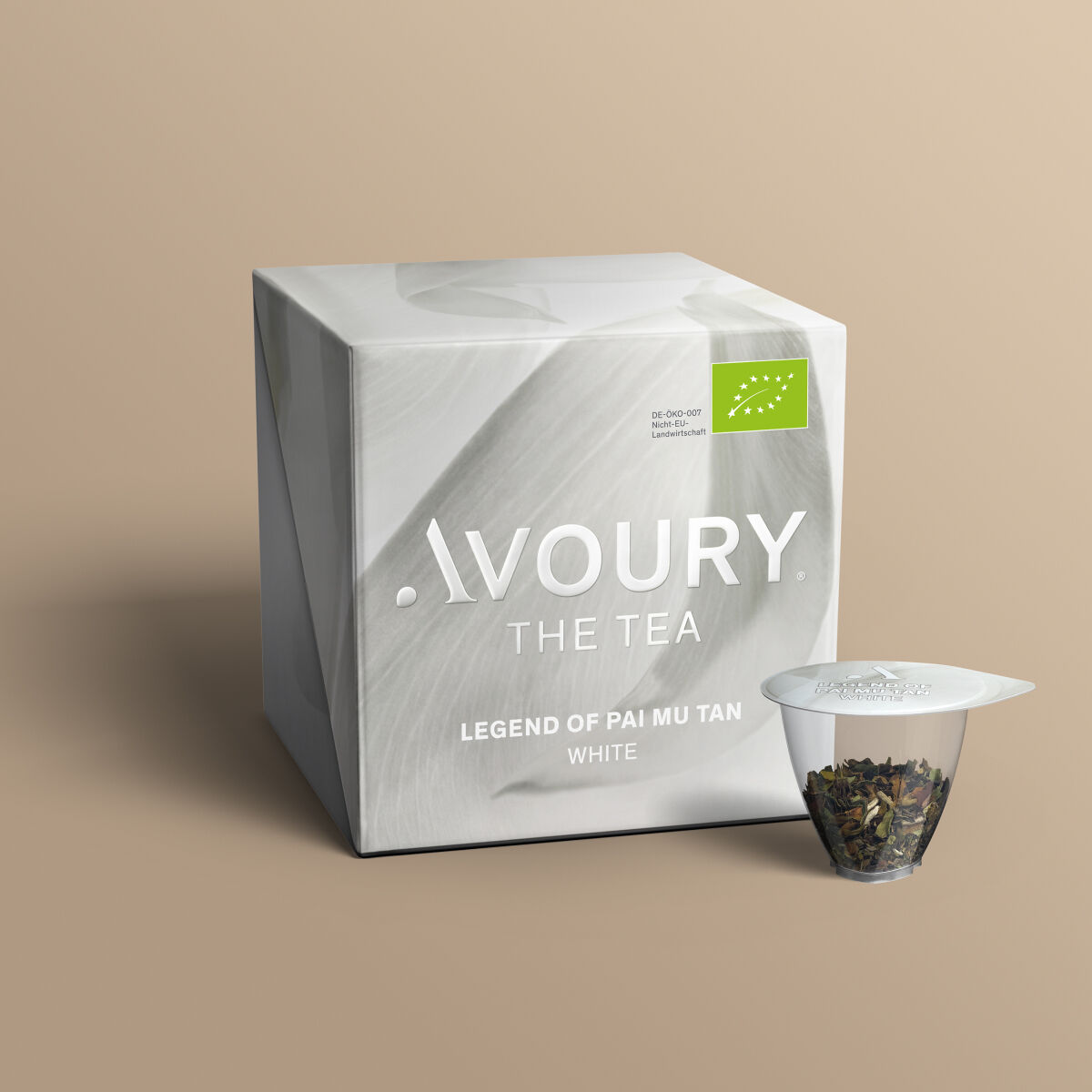
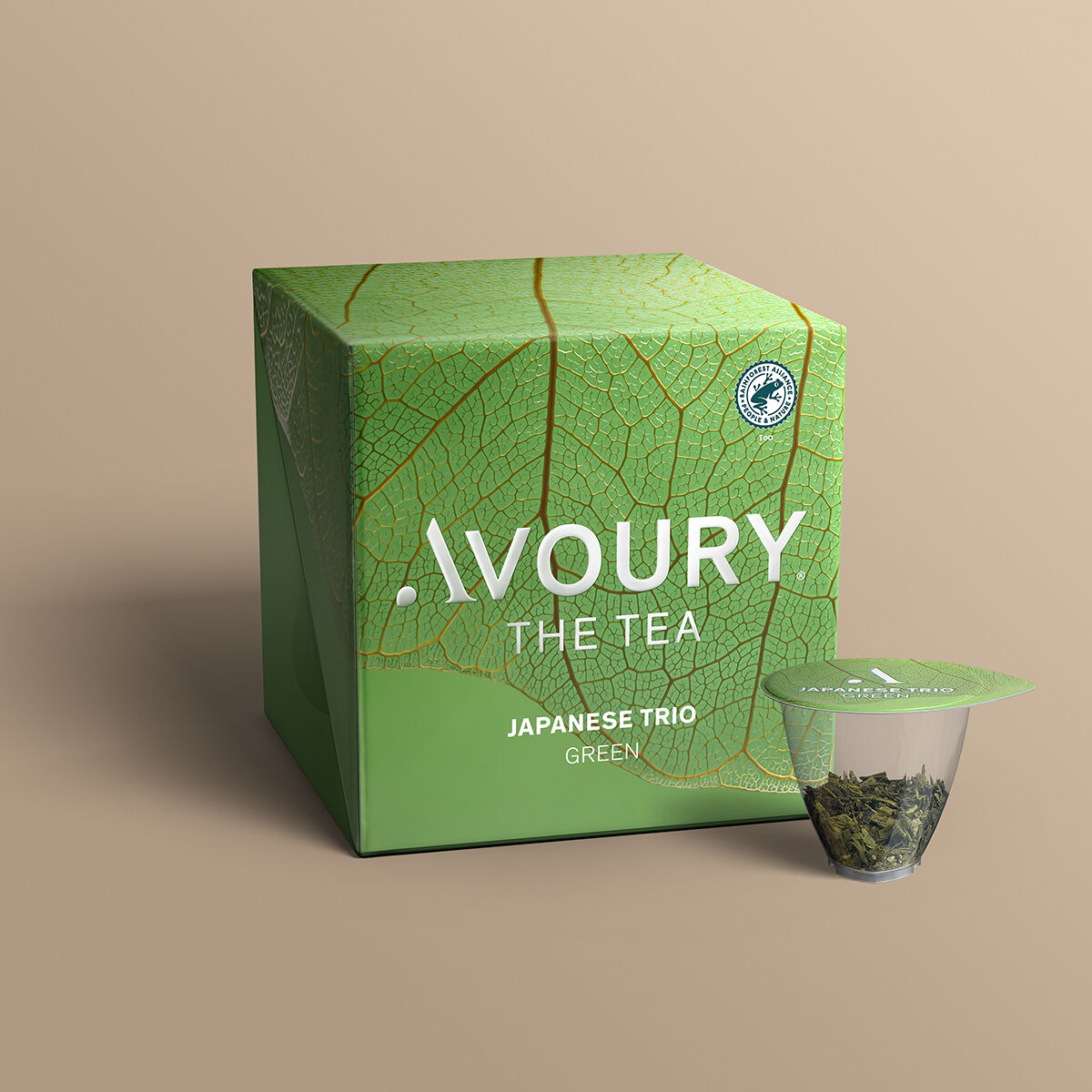
Tea enhanced with milk - which tea varieties are best for this purpose?
In general, there is no reason why dairy milk or a vegan alternative should not be added to almost any variety of tea if you so choose. After all: “De gustibus non est disputandum” - there can be no disputing about taste! We’ve listed a selection of suitable tea varieties in the following.
Black tea with milk
Both in the UK and East Frisia, it is black tea that most often finds its way into the teacups. The tradition of drinking tea with milk or cream has been here followed for several centuries and is an integral element of the respective tea cultures.
Anyone wanting to find out what a really powerfully flavoured black tea tastes like can’t do better than try our STRONG ASSAM. It combines particularly well with whole milk. A completely new taste sensation is produced if a dash of milk is added to supplement the full-bodied aroma and flavour of our GREAT CEYLON. EARL GREY is almost predestined to be augmented with a touch of milk, although its characteristic bergamot flavouring will also happily assert itself when the tea is drunk neat.
Green tea with milk
That evergreen favourite of tea lovers - green tea - is popular for a variety of reasons. At the same time it usually contains high levels of bitter substances and tannins. A typical example of a highly palatable milk/tea blend is matcha tea. Matcha powder is often whisked into hot milk. One tea variety available in our shop that is very similar to this Japanese classic is our JAPANESE TRIO. It has a bitter-fruity taste and is made using a perfect combination of matcha and sencha, to which yuzu citrus fruit flavouring has been added. This variety is also a pure delight when prepared neat.
An insider tip: chai tea with milk
Special mention at this point is reserved for the national drink of India - chai tea, also known as masala tea. Chai is made from a blend of various spices, such as cinnamon, fennel, anise, cloves, ginger and also, in some cases, cardamom, to which black tea is added. When this tea is combined with milk, the result is that now fashionable drink ‘chai latte’.
The remarkable feature of this kind of tea is that it comes in an endless number of varieties. There are dozens of individual recipes with differing spice blends in India alone. As a rule, however, milk is considered an integral component and is added during preparation. For a quite revealing taste experience, why not try our MUMBAI CHAI with milk?
Tea varieties for the purists - when a blend is not the right choice
But, of course, there are also varieties of tea that are best drunk in pure form. This is the case, for instance, for fruit teas and many herbal teas. This is due to their content of acids. If there is a high level of acidic components in a drink, any milk added to it may well curdle. And this will spoil that anticipated moment of enjoyment.
All the related variations of these kinds of teas we stock are thus, of course, delightful drinks just on their own. Whatever your preference, you’ll find something to your taste at Avoury.
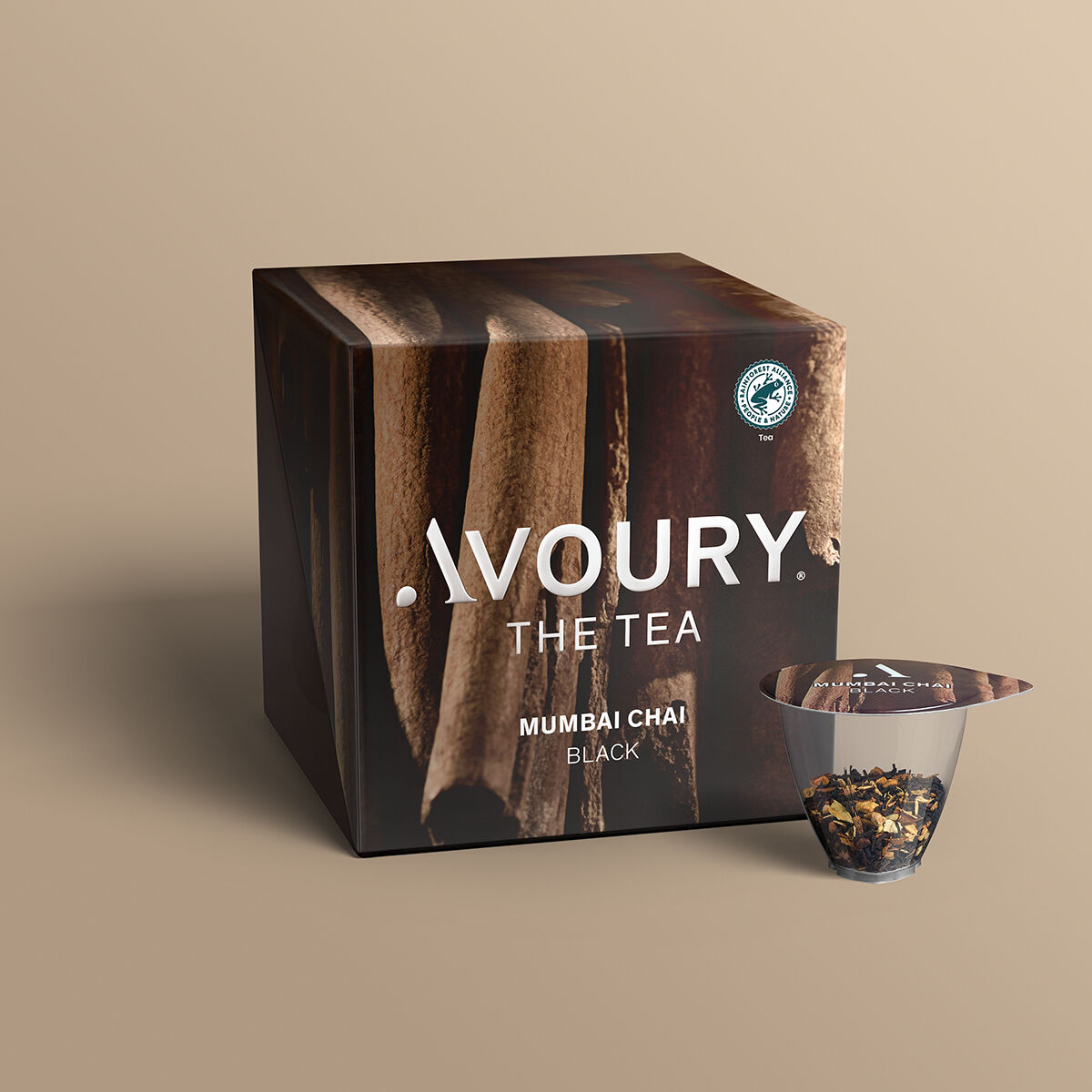
The best milk for tea – being creative with soya to oat milk
There is a range of possibilities for any tea lovers who fancy exploring new taste horizons or are looking for vegan alternatives to dairy. One variation of the classic milky tea that has become popular uses soya milk. The nutty flavour of almond milk rings the changes when added to the hot drink. Interestingly, soya milk, just like the tea plant Camellia sinensis, has its origins in China.
Tea also tastes wonderful with cereal-based milks, such as rice milk and oat milk. Such non-dairy variants not only suit a vegan lifestyle but are the alternatives of choice for individuals with lactose intolerance. This means there are so many remarkably different ways of enjoying what is just a ‘simple’ drink blend.
Preparing tea with milk - what you need to know
Now you might think that preparing a cup of tea is one of the most straightforward and simplest things in the world. However, should you be accustomed to a particular tea culture, the correct way to prepare tea with milk can become a matter of dispute. It would seem that in the UK - where else? - there is a veritable storm in a teacup about the sequence in which the two ingredients should be added.
Two standpoints have crystallised over the years:
● Milk-in-first (MIF): if you put the milk in first, there is no need to stir afterwards.
● Tea-in-first (TIF): if the tea goes in first, it is easier to select how much milk you want.


In fact, the British Standards Institution (BSI) has even drawn up a standard (BS 6008:1980) in which the order in which tea and milk should be added is specified. The text also appears as International Standard ISO 3103:2019. At the same time, it should be borne in mind that these standards were drafted for the purpose of preparation of tea for taste tests.
Whichever standpoint you favour, it is unavoidable that the milk and the tea will become blended in the cup. So which of them is added first will make no difference when it comes to the taste when the tea is drunk. It cannot be said that there is a way of preparing tea that is objectively wrong. And why should tea lovers not be free to prepare their tea just as they like? We hope this advice will prove to be of use should you happen to be visited by guests who are very picky about how their tea with milk is served.
The perfect cup of tea with milk - get it right with Avoury
Tastes differ. This is perhaps one of the reasons we like good tea so much. Because the huge range of varieties on offer means that there is something for everyone, whether you prefer your tea with and without milk and with and without sugar. But remember that each variety has its own peculiarities when it comes to brewing temperature and steeping time. For those who wish to make sure that they are not forced to make compromises when it comes to their enjoyment of tea, there is the Avoury One® tea machine.
Our machine is able to identify the variety on the basis of the tea capsule that is inserted in the brewing chamber. It then automatically selects the ideal temperature and steeping time, and will subsequently itself pour the hot drink once it is ready. And if you like your tea with cow’s milk or a vegan alternative and are an MIF or TIF supporter, you can decide whether to add it to the cup first or afterwards. The volume of tea can also be flexibly adapted to the size of the cup to prevent the risk of this overflowing. And so, with very little effort, you can hold your own personal tea ceremony.

From milk fans to those who like their tea neat – Avoury® has something for every taste.
More articles
More articles

Not less, but better.
Sharpening one's own awareness. Recognizing what one really needs. Giving things new appreciation. That's what minimalism is about. Following the motto 'less is more', more and more people are embracing the desire for clarity and order – even in the design of their homes.

Should we always follow our nose?
23,000 times – that´s how many breaths we take on average per day. And that means a multitude off different scents float in through our nose evoking a wide variety of reactions in us. In this article we´ll explain the psychological reasons behind this and why we should let our noses discover new things more often.
